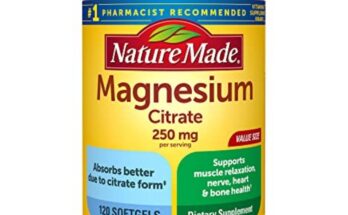Healthy food movement: unity is strength
It seems that our diet generally develops in favor of a diet based mainly on high-calorie foods, corn syrup, sugar, animal products and oils. This is possible thanks to a global agricultural policy long-term production of crops such as cheap corn.
The consumption of these foods rich in saturated and trans fatty acids, salt and sugar, is responsible for at least 14 million deaths per year – 14 million lives. It is not a failure of personal will, says the CEO World Health Organization, this is a failure of political will to take action against a strong commercial sphere that creates respect for the opposition.
Few governments favor health over business interests. As we learned from the experience of the tobacco industry, a powerful company can sell almost anything to the public. This is a difficult situation for health scientists. After the initial studies linking tobacco to cancer, it took another 50 years, before an effective public health policy was put in place, the victims were enormous.
We have to wait another five decades, before we respond to epidemics of diet-related diseases? The opposition has money on its side. The chemical, tobacco and food industries have the luxury of sharing similar tactics as a pharmaceutical company because they have the money to do that.
On the other hand, strong and cheap medical activities, like healthy eating are too cheap and cannot be patented. Preventing cardiovascular disease is not an easy task because it means fighting against strong industrial sectors but with sufficient political courage would do it. We’ve done it before. There is a great example of nutrition and public health measures, that celebrate success: return to breastfeeding.
Human breast milk won’t make money for anyone, so companies like Nestl tried to push their own baby food. As a result, perhaps millions of children have died. So the global movement rose and pushed through a collection of laws regulating it marketing of breast milk substitutes. As the Director-General of the World Health Organization said at the time: Without their constant lobbying, reminding us of our duty as state officials public health, we simply would not have the courage to tackle it.
What does this have to do with nutrition and food policy? If we want to improve public health, everything. We must look for Greenpeace’s food and nutritional equivalents. We should be ready to participate in this, even though it may cost someone a job or a career in nutrition.
The movement for healthy eating must remain united. Phillip Morris did not give up his struggle even in the 21st century. Check out their latest campaign, “Project Sunrise,” hoping to lead to the “dawn” of their society.
The goal is the strategic division and conquest of the anti-tobacco movement. This information comes from existing internal planning documents. They found that the greatest vulnerability of the anti-smoking movement is their success, that can blind organizations and you will not notice carefully planned attempts by tobacco intent and their allies to intensify internal disputes in the movement and intensify their philosophical schism.
The overall aim of the tobacco industry is attack the credibility of the anti-smoking movement by that they create a schism that forces them to fight each other. Think about how much we already do these things in the healthy food movement. Unfortunately, it distracts our attention from the overall view of the situation.
Because unity was identified as a source of strength for the anti-tobacco movement, anti-smoking movement, one of their primary strategies was to ram the wedge among all sorts of anti-smoking groups. Another challenge was to undermine the credibility of the public health movement. One strategy to undermine the credibility of anti-smoking groups is to develop communication strategies for demonstrating extremism of these health prevention movements.
The first was tobacco, then alcohol, then meat, and then, who knows? However, a distinction needs to be made between prevention and promotion. Public health promotion groups are part of the health promotion movement; when it comes to the issue of health prevention, it falls more under the influence of agricultural corporations.
As found on Youtube






